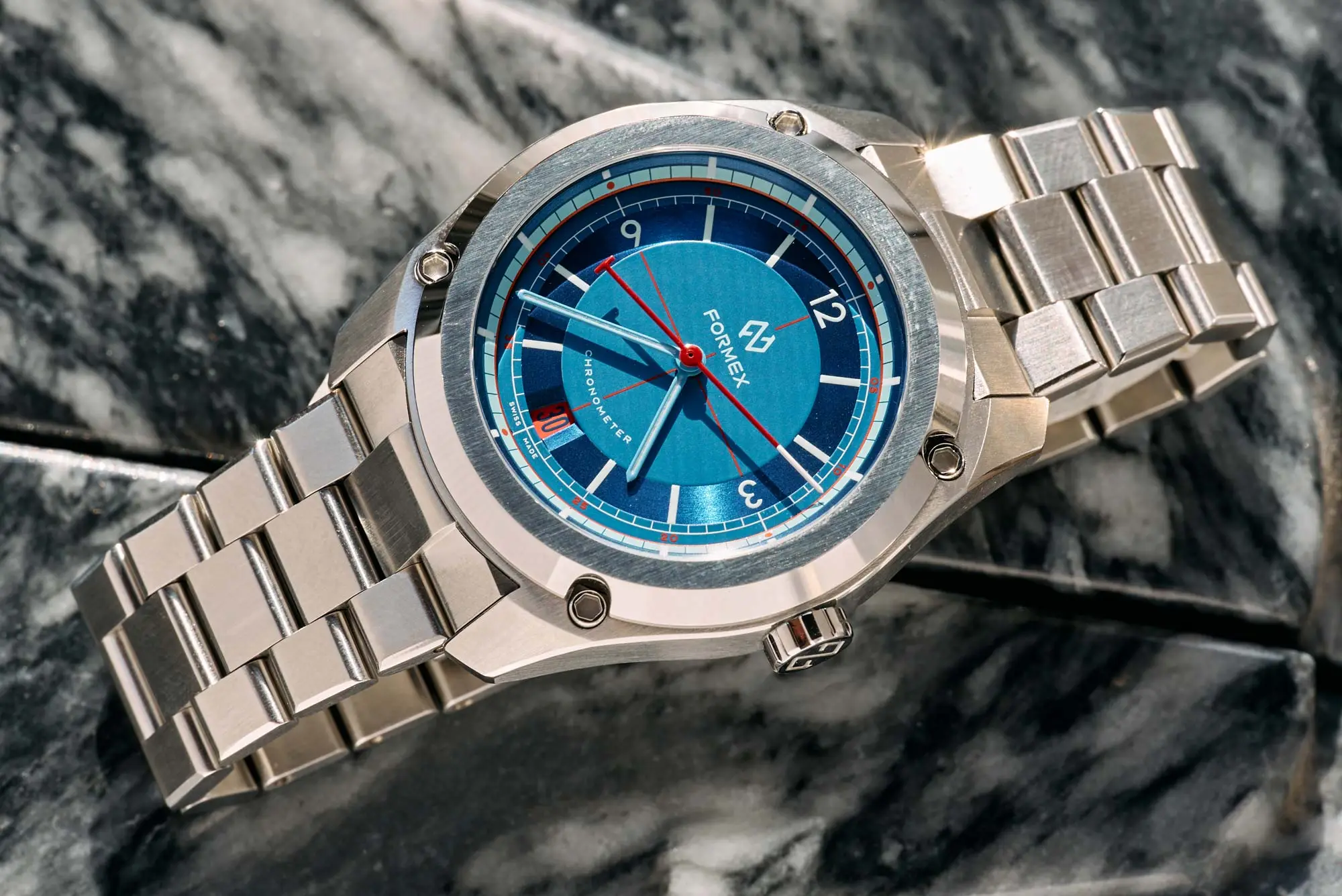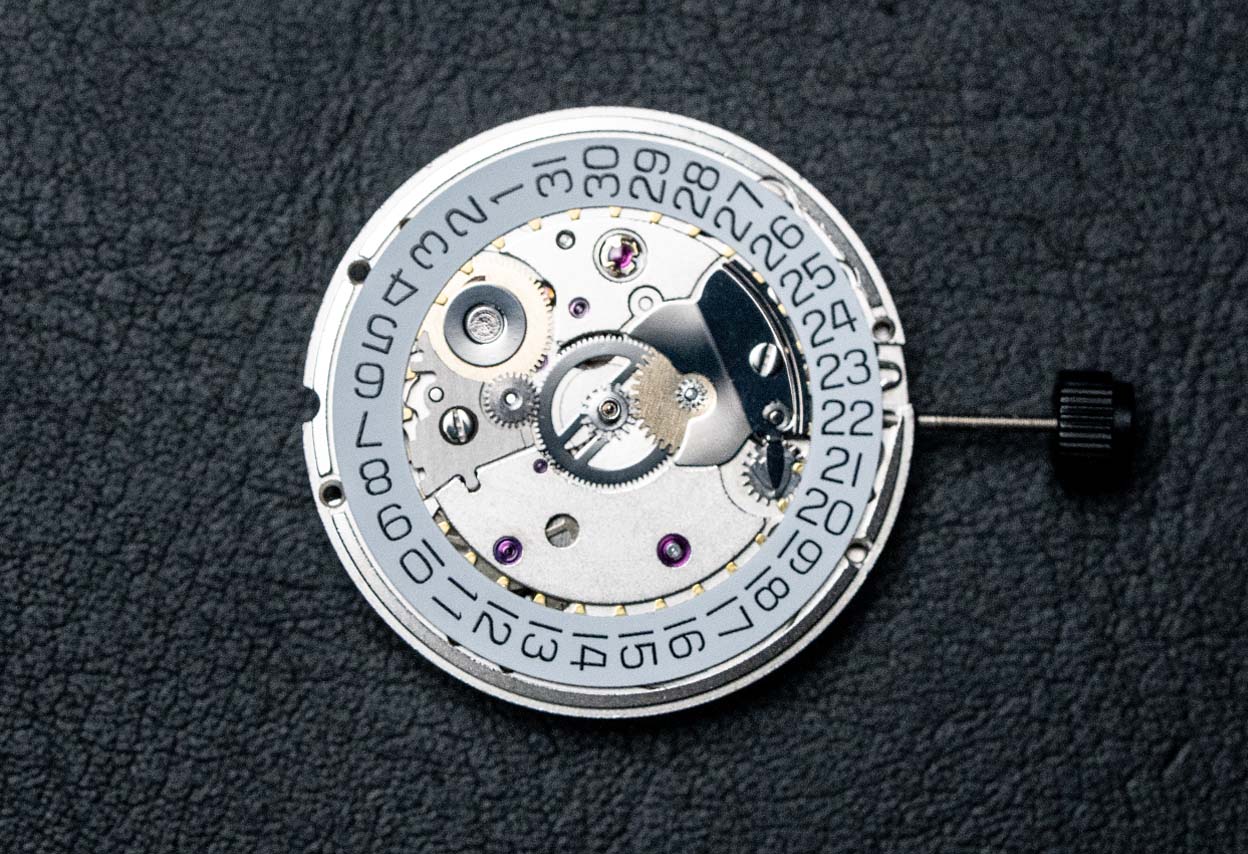The Swiss Standard: The Sellita SW200-1
The Sellita SW200-1 stands as Switzerland’s dependable answer to affordable luxury watchmaking—a movement that democratized access to Swiss quality at a time when the industry was becoming increasingly consolidated. Born out of necessity when ETA announced restrictions on movement supply outside the Swatch Group, the SW200-1 has evolved from being labeled an “ETA clone” to establishing its own reputation for reliability and precision in the watchmaking world.
Unlike the workhorse Japanese movements that prioritize robustness above all, the SW200-1 represents the traditional Swiss approach to movement design—where precision, smooth operation, and heritage take center stage. What began as Sellita’s survival strategy has transformed into a cornerstone of the independent watch industry, powering everything from microbrands to established luxury houses.
This deep dive explores what makes the SW200-1 special, why brands from Christopher Ward to Oris rely on it, and what you should know as an owner or potential buyer of a watch equipped with this Swiss heart.
What Makes the SW200-1 Unique: A Brief Introduction to Swiss Movements
Before we delve into the specifics of the SW200-1, it’s important to understand the context of Swiss mechanical movements. The “Swiss Made” designation is more than just a mark of origin—it represents centuries of watchmaking tradition, strict quality standards, and a commitment to precision engineering.
Swiss movements traditionally emphasize accuracy, finishing quality, and smooth operation. While Japanese movements often prioritize reliability and cost-effectiveness, Swiss calibers like the SW200-1 balance technical performance with aesthetic considerations, resulting in movements that are not only functional but also visually appealing when viewed through a display caseback.





